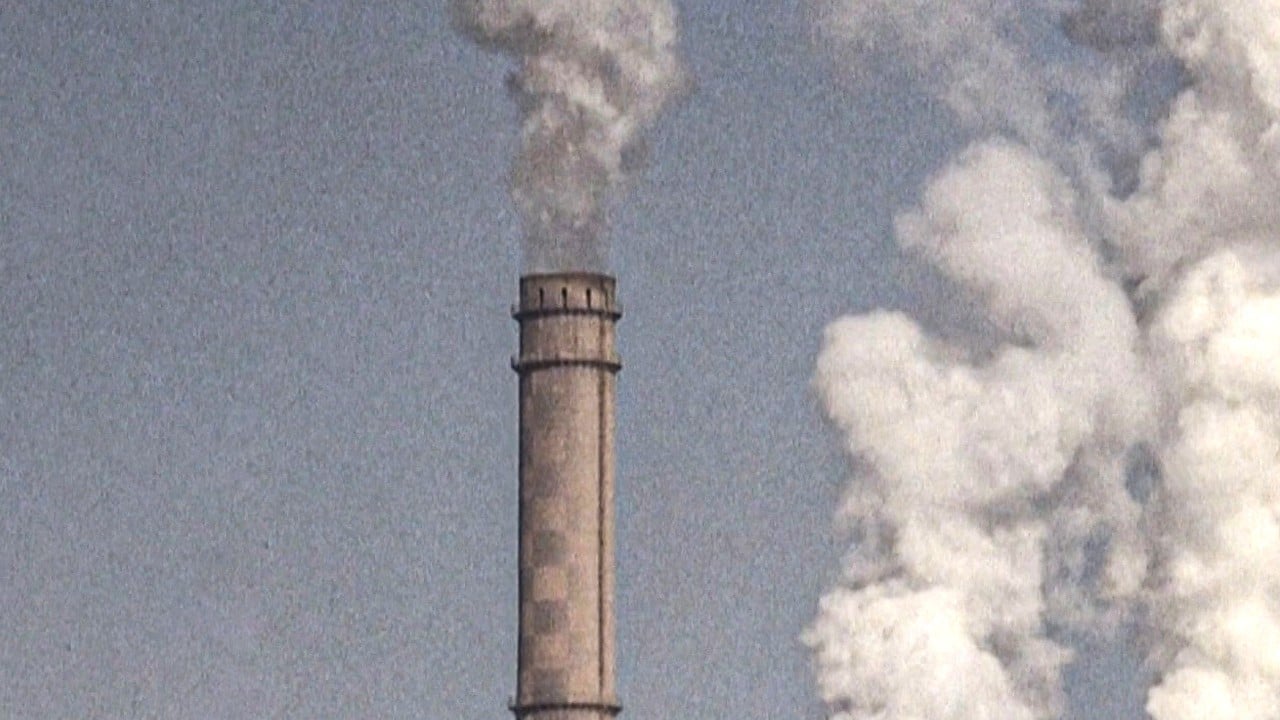
China rolls out product carbon footprint directive in bid to meet global standards, wary of steep foreign taxes
- State planner NDRC sets new policy to calculate, label carbon footprints for ‘key products’ as EU moves toward carbon border tax
- Beijing faces ‘urgent need’ to manage carbon accounting as other countries look to impose new standards, expert says
Although the pledge was made public on Wednesday, it was dated November 13, just ahead of Xi’s highly anticipated summit with his US counterpart Joe Biden, where the two leaders reached a range of agreements, including continuing to cooperate on climate change.
China signals reboot of voluntary carbon market is near with draft guidelines
Observers said the policy signalled that China wanted its methods to catch up with other world powers to calculate carbon footprints on the product side, especially as the European Union’s new carbon border measures went into effect last month.
The document is aimed at developing an internationally recognised system for counting the full life cycle of a product’s carbon footprint, which includes measuring the total greenhouse gas emissions generated by a product.
The measures were aimed at continually reducing a product’s carbon footprints, a NDRC spokesperson said in a report by state media Xinhua on Thursday.
The directive said rules and standards could play a crucial role in lowering emissions and shaping the supply chain by improving how carbon footprints are calculated for “key products”, especially for those in high demand.
The document did not name any of the “key products,” but said it aimed to expand the coverage to 200 items by 2030 along with building China’s own database to include carbon data from key industries.
The policy stated that China wanted its methodology of calculating product carbon footprints and labelling to be internationally recognised.
China is trying to position itself as a responsible party in fighting climate change but, as the largest greenhouse gas emitter in the world, it is under immense diplomatic pressure from the EU and the United States to do more.
Aside from achieving peak carbon emissions by 2030, Xi has pledged that the world’s second largest economy would be carbon neutral by 2060.
Ma Jun, director of the Institute for Public and Environmental Affairs, a Beijing-based non-profit environmental research firm, said the policy sent “a clear signal” that China was facing “an urgent need” to manage the carbon footprint of its domestically produced products.
Ma, whose organisation participated in the efforts to collect data on collecting product carbon footprints, said that the “key products” referred to commodities most relevant to international trade.
Other ministries, including the transport ministry, the Ministry of Industry and Information Technology, the Ministry of Housing and Urban-Rural Development, and the State Administration of Market Regulation, along with companies and research firms have also been enlisted to collect industrial data to help map out the standards and build the database, according to the policy.
“[China] wants to gather the strengths of all relevant parties, to form a consensus … to push this work forward,” Ma said.
The EU measures that went into effect in October cover direct emissions from the iron and steel, cement, aluminium and electricity sectors.
Producers are required to report their emissions during the transition period until December 2025, and after which a levy will be gradually imposed up to 2034. Once the tax takes full effect, companies wanting to import goods into the EU must buy certificates reflecting the emissions generated in producing them.
China has lobbied hard against the policy, arguing it does not comply with global trade rules.
Listed firms set to burn through carbon emissions budget by early 2026: MSCI
A paper from Tsinghua University, published in 2021, found that as the world’s largest producer of industrial raw materials such as cement and steel, China would be the most heavily penalised by the EU law.
“I think it makes sense China develops its own carbon accounting and pricing system,” Grunberg said.
“[With the new policy] China may be able to push the cost of carbon to specific actors along the value chain that actually are emitting the CO2, including providers from outside China,” he said.



